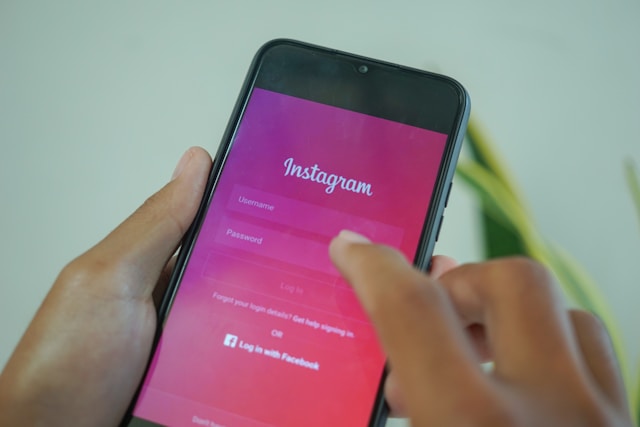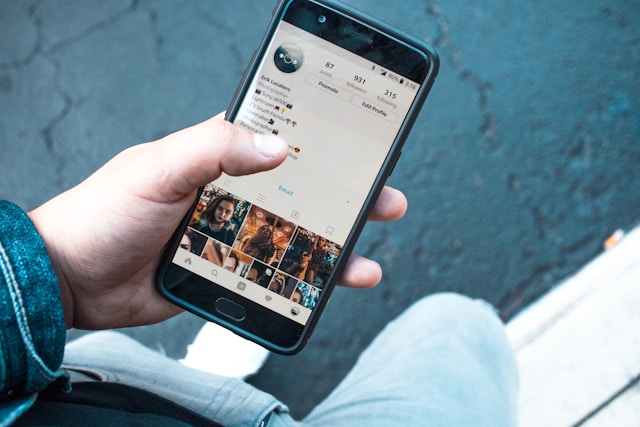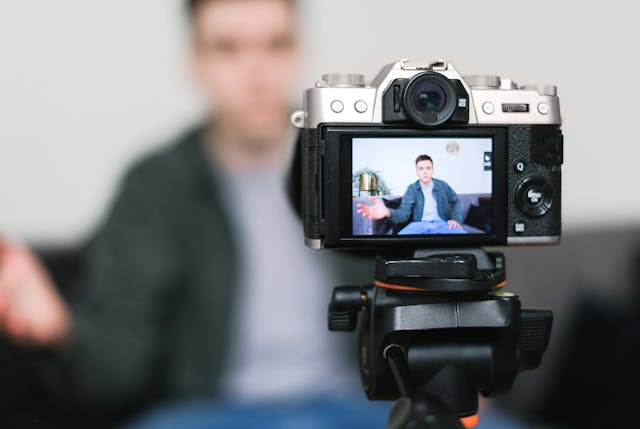Best Practices for Instagram Ads: 11 Tips for Ad Success
Running paid ads is one of the most effective ways to market your brand on Instagram. By shelling out some money, you can push out your content so a specific group of people sees it. It’s a huge help when it comes to boosting brand awareness and promoting the sale of products. But not all ads fly. Some don’t make an impact and might bore the people who see them. Do you want to run successful ad campaigns? Here are 11 best practices for Instagram ads you should incorporate into your overall promotional strategy.
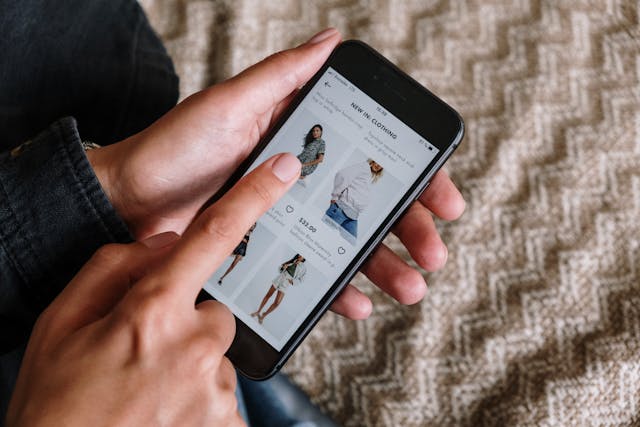
1. Practice and Master How To Advertise on Instagram on Meta’s Ads Manager
Publishing organic content is super straightforward. You just go to the Instagram app, make a new post, and publish your photos or videos.
But it’s way more complicated if you want to run paid ads. Instead of doing it straight from the app, you need to work on campaigns through Meta’s Ads Manager.
This is the tool any advertiser uses to create and manage ads. On the dashboard, you upload your creative materials, strategize your ad duration, set budgets, plan ad placements, and more. It’s also where you can organize all your assets for major Instagram ad campaigns. It’s a platform with dozens of ad features all in one place.
Trying to run ads without familiarizing yourself with the Ads Manager dashboard can be overwhelming, especially for huge projects. So, it’s crucial that you master working the platform if you want to know how to advertise on Instagram efficiently.
In your free time, play around with the dashboard to understand what each section is for. That way, when it’s time to run actual ads, you’ll be well-acquainted with the platform and the entire creative process.

2. Define Your Target Audience So Your Ad Reaches the Right People
Precision in targeting is key when it comes to running ads on Instagram. There are billions of people on social media today. Your brand’s offerings and content won’t resonate with everyone. So, it’s best to choose a purposeful, specific target audience to which you want Instagram to push your ads. That way, you know your ads will show up only to those who will find it relevant.
You can select your target audience using Ads Manager. The dashboard allows you to define their key demographics, like age, location, and gender. But it goes deeper than that, letting you identify their psychographics, from their hobbies and interests to their shopping behaviors. You can even create custom audiences using offline sources, like customer lists or people who have bought from your business.
By narrowing down your brand’s target audience, you can tailor more specific content to what these people might like. It makes building a creative ad strategy much easier. You can focus on appealing to a specific type of person instead of trying to please the entire world. That allows your ads to be more pointed and hardworking so you can meet your social media goals.
Targeted ads are also more likely to drive tons of engagement. After all, you’re matching your paid content with people you know will be interested in it. This increases the likelihood that potential customers and fans who see your ad will stop and engage with it.
3. Play Around With Formats for a Unique Instagram Ad Design Every Time
There are many types of ads you can run on Instagram. From single images to video content to and even to an Instagram Story and Reel ads, the possibilities are endless.
Because there are so many ad formats on Instagram, it’s important to make the most of them. Don’t stick with just one Instagram ad design each time. Create a balanced mix of static and video ads. This variety of visual content will help you efficiently and creatively tell the story you want for your brand.
Instagram users are a diverse bunch and have different preferences when using the app. Some users scroll through the good old feed to see their friends’ posts. Meanwhile, others would rather look through vertical videos like Reels to watch trendy, funny video content. So, when running major ad campaigns for your brand, it’s a good idea to have different ad formats. That way, you can reach your target market, wherever they may be on Instagram.
Running a combination of different ad types allows you to do creative testing. Try out every format so that you can see what your audience responds to the most. You’ll be able to see which content types perform best, allowing you to optimize your content mix for future campaigns.

4. Have a Compelling Creative Visual To Catch People’s Attention
According to Instagram’s sister platform, Facebook, 87% of people take action after seeing an Instagram ad. They’ll read more info on the products in the ad, visit the advertiser’s website, or purchase something from the brand.
Those numbers are amazing, for sure. But your ad can’t get awesome results and conversions if it isn’t interesting and compelling. You need to catch their attention fast and lure them in with stunning visuals. Only then will they even consider what your brand has to offer.
Remember, Instagram is primarily a visual platform. People who are active on the app go to see beautiful photos and videos that inspire their lifestyle. Your ads need to look so visually appealing and interesting that people stop mid-scroll when they see them.
Be as creative as you can with your visuals. Use high-quality images and video clips, stunning fonts, bold colors, trendy photo compositions, and more. That said, make sure all your ad campaign’s look and feel are still aligned with your brand’s overall aesthetic.
Striking visuals don’t just capture attention and boost brand awareness and recall. They can also knock out the competition by being more memorable. So, make sure that your creative ads are always a feast for the eyes.

5. Create Mobile-Friendly Ads
According to Statista, 83% of Instagram users access the app on a mobile device. It’s a far cry from the 32% that visit the platform on a computer. Since most people scroll through Instagram on their phones, it only makes sense that ads should be mobile-first.
When designed for small screens, such as those on phones and tablets, an ad becomes mobile-friendly. That means vertical orientations, especially for video content. That’s where vertical video ad formats like Instagram Stories and Reels really shine through. Text overlays should also be big enough for users to read even on a phone.
By keeping creative practices like these in mind, you make a better user experience for people who see your ads. Because viewing your ad is easier and smoother, they might even engage more with it than content that isn’t mobile-optimized.

6. Deliver a Clear Message About What You’re Promoting
Instagram is a pretty saturated platform. Brands compete with each other all the time, trying to drown out their competitors’ content with more appealing ads. Meanwhile, users consume so much content daily that it’s difficult to remember what ads they see in a day.
People scroll through ads even quicker than organic content on the feed. That means you only have a few seconds to create a lasting impression and make your campaign’s message stick. So, make your ad as effective as possible by delivering a clear, concise message that is easy to digest.
A strong, direct, memorable message can increase brand awareness and recall significantly. Don’t overwhelm your target audience with such complex messages cramped into single images or super short videos. Craft a message that is relevant but also crystal-clear and easy to remember.
For example, let’s say you’re running a campaign for a new clothing line. A popular clothing designer created this collection using recycled fabrics, featuring clean silhouettes and a hyper-feminine style. Cramming all those characteristics into a singular ad will likely make it wordy and overwhelming. It might be an overload of information that the ad will simply fly over people’s heads.
Instead, focus on a clear and concise message per ad. Instead of communicating all those features in a single image or video, break it up into different assets. Run four different ads, each with one clear, relevant message about the clothing line. That way, each piece of content is easier to absorb and remember.
Don’t forget to include a call-to-action in your ad’s caption to complement your key message. Encourage your audience to do a specific action. These actions include following your page, buying your products, or tagging you in user-generated content centered on your brand.
7. Set Up Your Ad at Least a Few Days Before Your Target Launch Date
Meta goes through a stringent process to review every ad brand set up on Ads Manager. That way, they can ensure that all ads adhere to their strict advertising policies. When an ad campaign you’ve set up on the platform is “in review,” you know Meta is looking through it. You should get approved (or get feedback on why the ad didn’t meet their standards) in 24 hours or more.
But in the world of digital advertising, 24 hours is a lot of time. If you miss your ad’s target launch date by even just a day, the entire campaign adjusts to new timelines.
So, try to prepare and set up your ads on Ads Manager at least a few days before your target launch. That way, even if Meta takes a while to approve your ad sets, there’s wiggle room for your target launch. Look at your project calendar and mark the dates you want to set up ads in advance. This can save you a lot of the stress of setting up ads at the last minute.
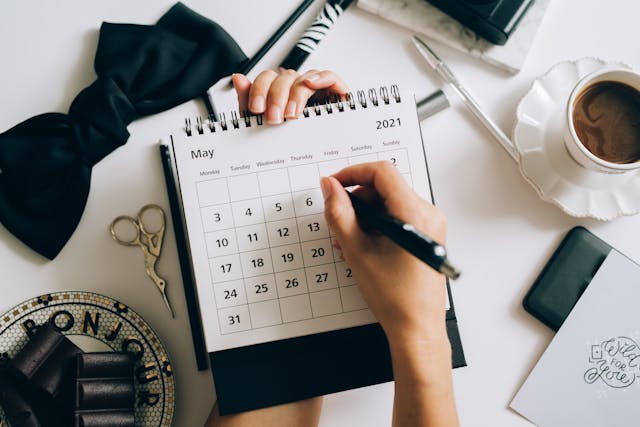
8. Find the Optimal Instagram Ad Frequency per Campaign
Most brands running campaigns will have a target reach or engagement rate in mind for their ads. But another important metric to look at when setting up an ad campaign is Instagram ad frequency.
Frequency refers to the number of times each unique user will see your ad. It’s something you can customize when you set up your ad campaign.
It’s important to set a minimum or maximum ad frequency for your assets to prevent ad fatigue. If a consumer sees the same ad too many times, they might get bored and annoyed and skip it altogether. By optimizing your ad frequency, you know your ad is always fresh and interesting to those who see it.
The best ad frequency for an asset depends on your overall objective for the campaign. Brand awareness campaigns, for example, might require a higher ad frequency so people will remember your brand more easily. Meanwhile, conversion and lead generation campaigns should use lower frequencies to avoid annoying potential customers with hard-sell ads.
Your key message also dictates what a good frequency will be for your ad. If your message is short and easy to understand, a lower frequency should be fine. If it’s a harder concept to grasp, higher frequencies might be better.

9. Boost Existing Posts That Historically Have Performed Well
Are you trying to cut down on production costs? Consider boosting existing posts to turn high-performing, historically engaging organic content into paid ads.
Capitalize on the high engagement rates of your previous posts by hitting that “Promote” button underneath them. This allows you to boost that post and set it up to be an ad.
What’s awesome is because the creative material already exists, it’s less of a hassle to set up. You can do it straight from the app instead of going through the entire setup process on Ads Manager. Plus, it’s cost-effective because you won’t need to spend money on big productions for new visuals.
10. Add Closed Captions or Text Overlays to Video Ads
Many Instagram users scroll through the app on mute, especially when they’re in public places. If you’re running video ads, there’s a high chance they won’t hear the audio behind them. To still get your point across even without sound, add closed captions or text overlays to it.
The goal is to ensure that people can read your key message even if they watch it on mute. Closed captions are time-synchronized subtitles that transcribe what is said on a video’s audio. Meanwhile, text overlays are words or subs directly superimposed onto a video’s creative material. These elements can help increase message retention, aiding in scoring higher success rates for your campaign.
11. Check Instagram Ad Analytics To Learn How Your Paid Content Is Faring
During and after your campaign, check Instagram ad analytics to see how well your ads are performing. This is one of the most important, forward-thinking Instagram ads best practices some advertisers fail to do. But if you want to improve your ad strategy in the long run, it’s non-negotiable.
You can check on your ads’ performance through Instagram Insights on your app. Here, you’ll see ad metrics like reach, post interactions, clicks, views, and more.
Checking on these bits of data tells you which ad elements are working for your target audience. It also shows you what content types or messages aren’t really working. Use these insights to tweak your campaign to improve it as it goes. Alternatively, save that learning to make your future campaigns better.
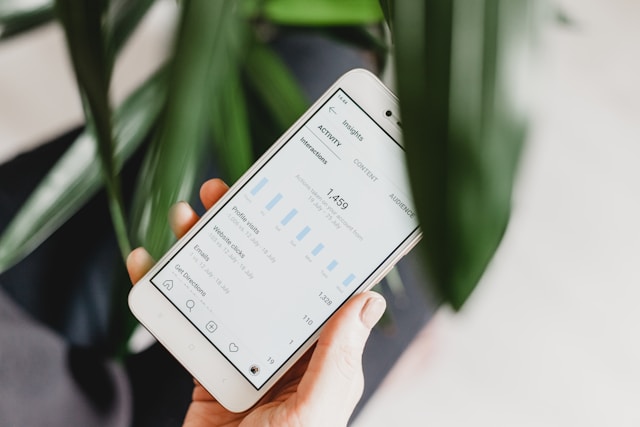
How Much Does It Cost To Advertise on Instagram?
Are you running ads for the first time? Paid content’s potential expense might intimidate you. Maybe you’re nervously wondering, “How much does it cost to advertise on Instagram?”
The answer might alleviate some of your anxieties about spending way too much for ads. The cost of running ad campaigns all depends on what you can afford. Advertisers get to set their budget (either a daily or lifetime one). So, you only spend what you can afford.
“Auctions” take place for each ad placement, depending on its target audience, schedule, and other factors. The advertiser with the highest “bid”—automated based on the budget you set—wins the placement.
Meta suggests setting a budget of a minimum of $5 a day. However, I recommend working within a budget that strikes a balance between realistic and competitive. That way, you can still win some placement bids and reach your target audience without overspending.

Use These Best Practices for Instagram Ads So Your Investment Goes a Long Way
There are many ways to improve your Instagram ads and make them ten times more effective. Things like identifying a target audience, refining your key message, and checking analytics reports will do wonders for paid content. If you have the time, tick as many of the tips above off the list when running ads. By following these best practices for Instagram ads, rest assured your paid content will take off.
However, ads aren’t the only way to invest in the growth of an Instagram page. You can also boost brand awareness and gain more followers by working with a renowned growth service like Path Social.
Our AI-driven algorithm carefully reviews your profile to see what kind of people engage with your content the most. Then, we use promotional strategies to serve your content to that niche target audience. Your page gets higher visibility and, consequently, more followers. Build a solid Instagram community and grow your page today with our help!
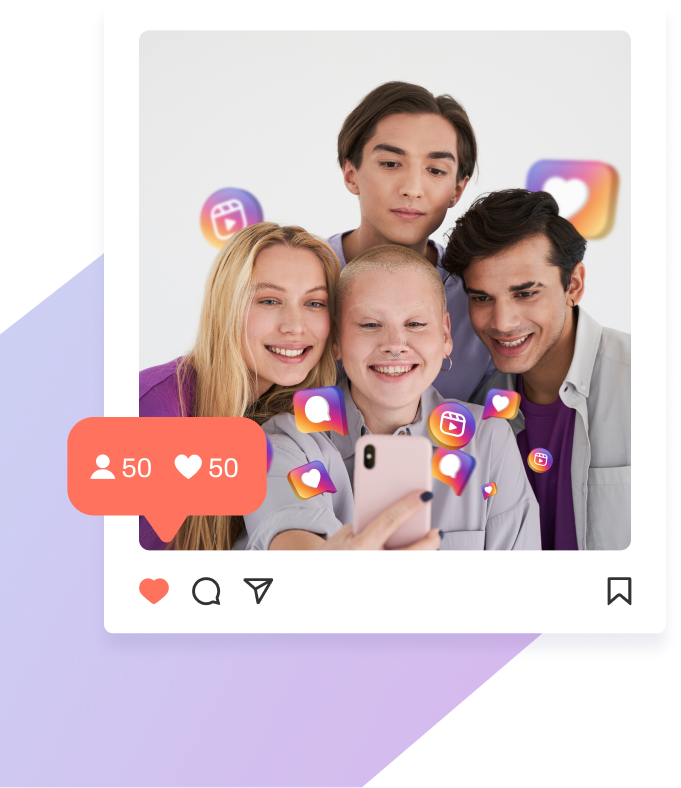
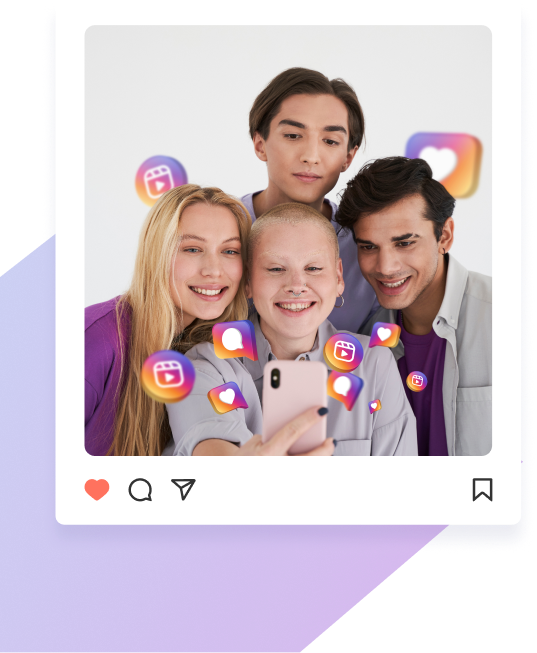
Want Free Instagram
Followers?
Let our AI targeted organic growth work for you for free
Get Free Instagram Followers




